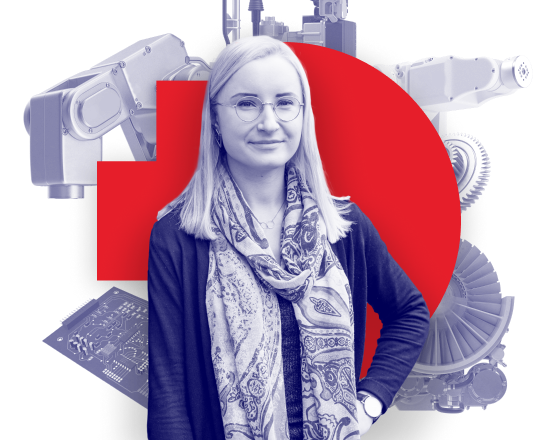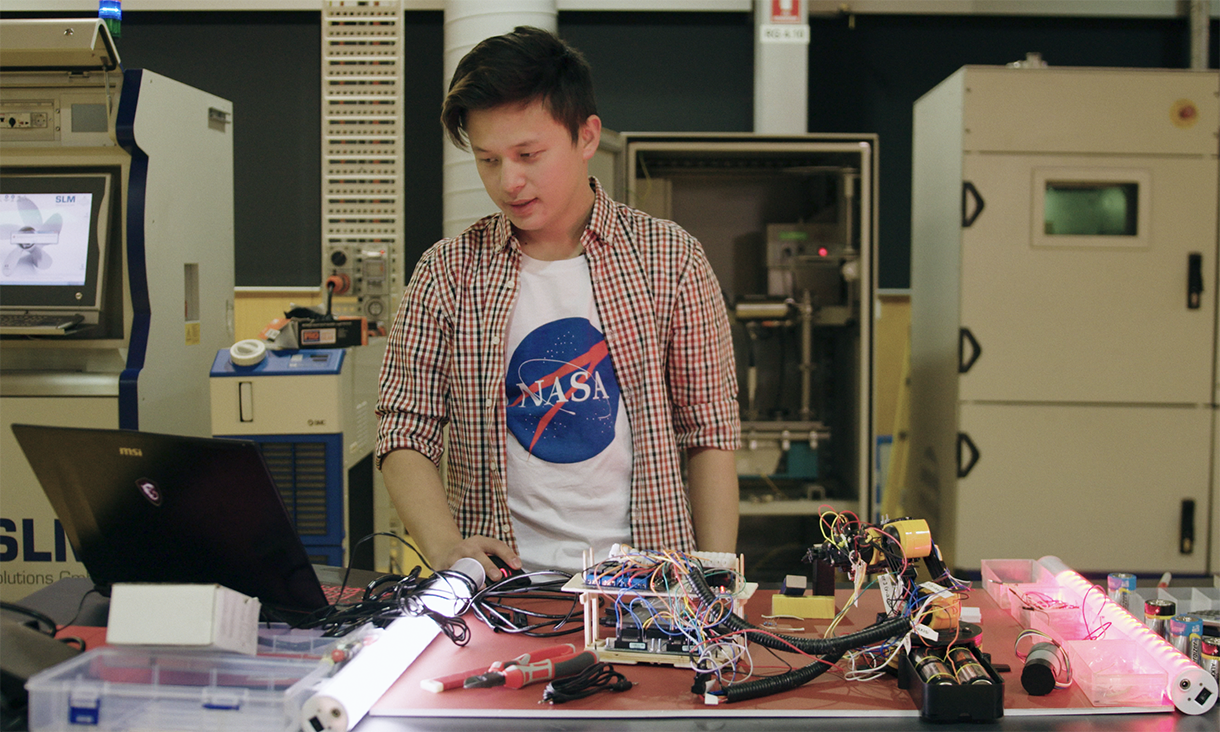In RMIT's Bachelor of Engineering (Advanced Manufacturing and Mechatronics) (Honours) degree, you’ll learn about mechatronics, robotics, advanced materials, automated systems, and the simulation and modelling of manufacturing processes.
As automation replaces people in various industry sectors, engineers with experience in robotics and mechatronics will be highly sought after.
This professionally accredited degree will prepare you to work in a wide range of industries and as a graduate, you'll demonstrate skills across mathematics, engineering, mechatronics, design and creativity. You'll also be able to communicate your ideas to others and continue to learn as a professional engineer.
Your studies will include areas such as electrical and electronic system design, machine intelligence and robotics, computer programming and advanced materials. The emphasis is placed on the need to view a manufacturing system as being made up of people, machines and information.
A feature of this degree is the access you'll have to state-of-the-art facilities, such as the Advanced Manufacturing Precinct which combines RMIT's expertise in technology and design innovation.
You'll have the opportunity to apply your learning in the real world through capstone projects, industry placements, and participation in the Engineers Without Borders Challenge – a humanitarian-focused subject offered in all RMIT engineering degrees.





